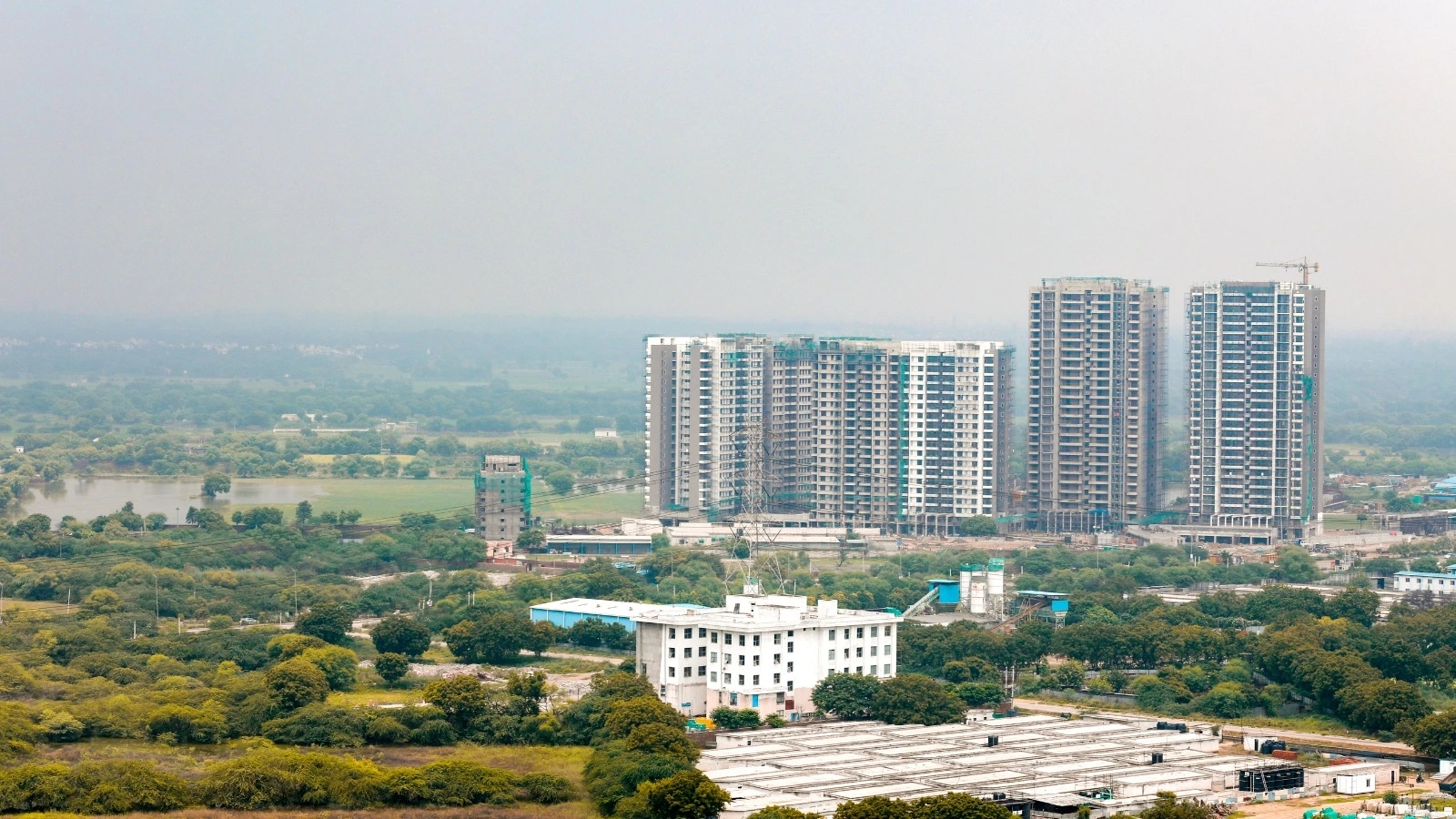Table of Content
In the year 2023, the real estate industry displayed toughness in the face of evolving trends. The increase in demand for residential properties in India was fueled by the global economic recovery, as well as low interest rates and a desire for high-end living spaces. India's fast-growing economy, driven by private spending and capital accumulation, makes the real estate sector a popular investment option.
Typically, Indian households invest 77% of their assets in real estate because it has the potential for high growth, strong returns, and secure income streams. Additionally, the real estate sector is expected to witness substantial growth in 2024 due to SEBI's recent guidelines on fractional ownership and small REITs.
However, navigating the real estate market and choosing right investment outlets as per current government regulations and rates, can be daunting, especially for newcomers.
This article examines different real estate investment choices that are appropriate for different types of investors and levels of risk tolerance.
1. Rental properties

The conventional method consists of purchasing residential properties to generate rental revenue. Although simple, this approach necessitates a considerable amount of initial investment and continuous expenses for upkeep. Before making any investments, make sure that the property does not have any legal problems. Potential methods for acquiring goods or services consist of leasing, buying outright, or obtaining financing via loans.
A significant increase in luxury rental property investments is being observed, particularly in key Indian cities like Mumbai, Delhi, and Bangalore. Data from the industry shows that high-end residential properties in these cities consistently outperform other conventional investments, with an annual price increase ranging from 4% to 7%.
Also Read: Updated list of national banks in India in 2024
2. Holiday homes and house flipping

Wealthy buyers are diversifying their real estate holdings by adding profitable second homes to their portfolios, in addition to their main residences. In India, the desire for second homes has dramatically increased in the aftermath of the pandemic, hitting a remarkable $1.394 billion by the end of 2021—a substantial 88.63% rise from before COVID-19.
Indians are taking advantage of their second homes by converting them into holiday retreats, attracting considerable tourist attention, alongside tactics like house flipping, where properties are upgraded for higher resale prices.
3. REITs and ETFs

ETFs and mutual funds offer a way to invest in real estate indirectly by focusing on related assets. Choices consist of ETFs that concentrate on real estate companies, like builder companies that are publicly traded, or those that are invested in REITs (Real Estate Investment Trusts).
REITs work in a similar way as mutual funds, pooling together investor money to buy assets that generate income. The rental income generated by these assets is later distributed to investors in the form of dividends. Investing in Real Estate Investment Trusts (REITs) provides a range of advantages like quick access to cash, affordability, legal safeguards, tax benefits, and more. REITs offer a consistent income flow, often tax-free, with dividends making up a large portion (90%) of their profits.
Also Read: Yamuna Expressway Authority floats scheme for hotels near Noida airport: All you need to know
4. Fractional ownership of commercial real estate

This new method includes a group of investors combining funds to collectively buy a commercial property. This helps lower individual costs of investment and exposure to risk, while also enabling shared rental income. Experts in the industry predict a notable expansion in this sector, estimating that the value of fractional ownership properties in India will reach $8.9 billion by 2025, showing an annual growth rate of 10.5%.
Commercial properties generally provide greater rental yields in comparison to residential choices. Investing 25 lakh in fractional ownership may result in an annual rental income of ₹2 lakh (based on 8-12 percent rental yield), along with a minimum of ₹1.25 lakh in capital appreciation annually, leading to wealth accumulation and enhanced monthly cash flow.
Choosing the right option
The best choice for investing will vary based on factors such as your current funds, desired level of liquidity, preferred cash flow consistency, and tolerance for risk. Having significant capital and experience in the real estate market is typically necessary for owning, renting, or flipping properties.
ETFs offer liquidity and cost savings, but they may not provide monthly dividends and could necessitate selling shares to obtain profits.
REITs and fractional ownership, although still relatively recent, are becoming increasingly popular by offering retail investors access to the profitable commercial real estate (CRE) industry. Although CRE provides attractive returns, it typically demands substantial upfront capital.
Fractional ownership offers a profitable chance, with potential annual rental returns ranging from 8 to 12 percent and Internal Rate of Return (IRR) varying between 13 to 17 percent. Top-notch properties and retail centers in major business areas such as Gurugram have become increasingly attractive in the real estate market, providing a reliable rental income and potential for growth in value.
This indicates that having a partial ownership in commercial real estate might provide better and more consistent profits over time than other choices and should be taken seriously by investors looking to diversify their portfolios and build wealth in the long term.
Also Read: Why invest in Gujarat?





_1765522271.webp)

Ans 1. One reason commercial properties are considered one of the best types of real estate investments is the potential for higher cash flow. Investors who opt for commercial properties may find they represent higher income potential, longer leases, and lower vacancy rates than other forms of real estate.
Ans 2. Here are the five most profitable real Estate ventures and the key factors and trends contributing to their success. Residential Real Estate Development. ... Commercial Real Estate Investment. ... Real Estate Crowdfunding. ... Real Estate Technology ( PropTech) ... Short-Term Rentals and Vacation Properties.
Ans 3. What is Real Estate? Land. Residential. Commercial. Industrial.
Ans 4. Real estate is generally considered a lower-risk investment compared to the stock market. Property values tend to be more stable over the long term, and the physical nature of the asset provides a sense of security.
Ans 5. Raw land can also be rented for agricultural production. Residential Rent: Residential property income comes as rent where tenants pay a fixed monthly rate. A desirable location is critical for owners to secure tenants easily. Commercial Property Income: Commercial properties also earn income through rental payments.
Ans 6. Investing in commercial properties, such as office buildings, retail spaces, or industrial warehouses, can be highly profitable. Commercial leases tend to yield higher rental income.